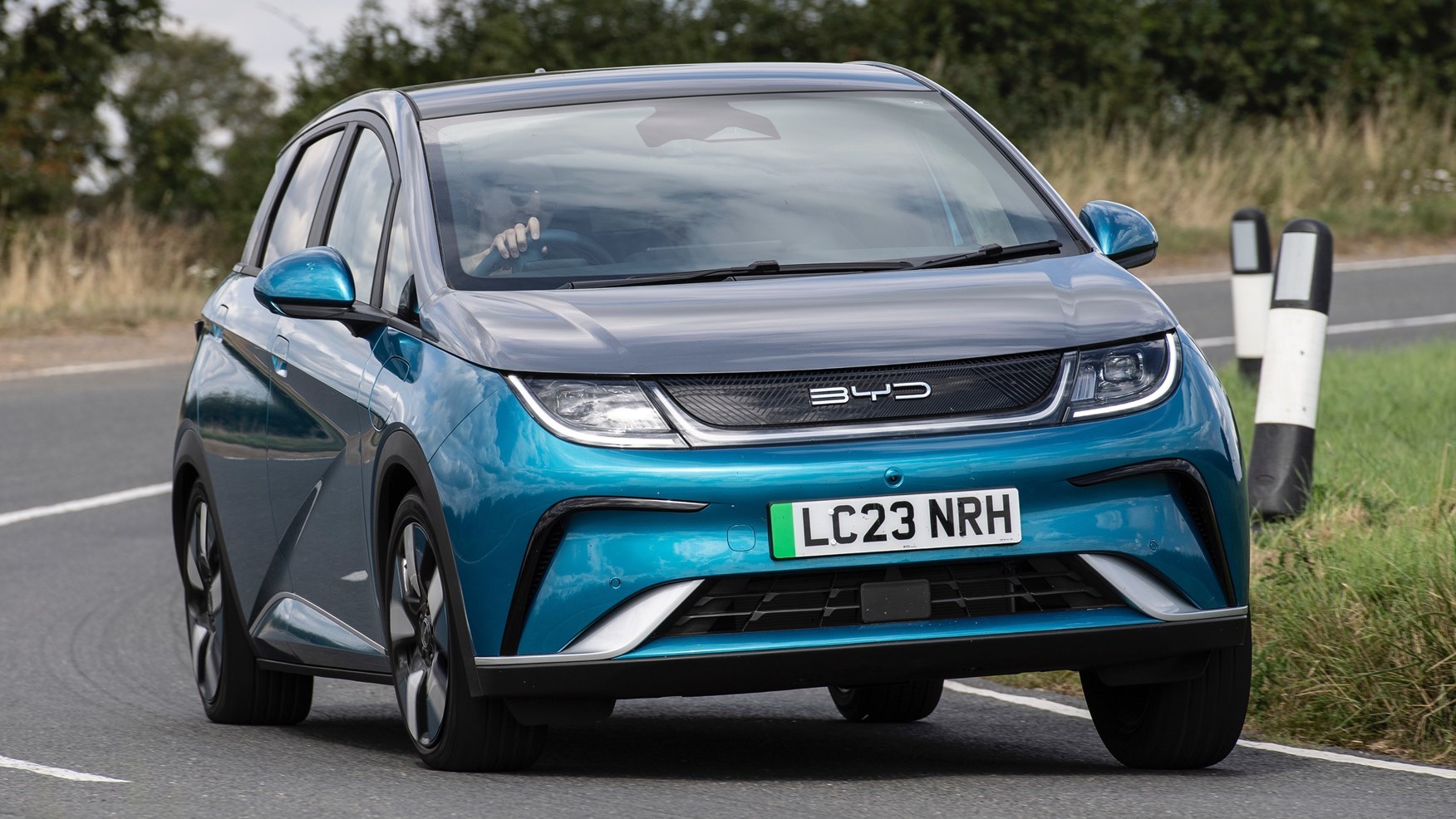The electric vehicle (EV) market is a hot topic, and for good reason. It’s growing at an incredible pace, driven by environmental concerns, government incentives, and rapidly improving technology. While some EV stocks have soared to dizzying heights, leaving many investors wondering if they missed the boat, there are still opportunities for those looking for a bargain. The key is to look beyond the obvious players and delve into companies that might be undervalued, offering significant growth potential as the EV revolution continues to accelerate.
This isn’t about chasing the latest trend or getting caught up in hype. Instead, we’re talking about a long-term play, investing in companies that are fundamental to the EV ecosystem or are poised for a comeback despite recent market turbulence. The journey to mass EV adoption is far from over, and with every charging station installed, every battery improvement, and every new model released, the industry cements its place as a cornerstone of our future. So, let’s explore some of the areas where you might find those hidden gems in the electric vehicle stock market.
The Broader EV Ecosystem: Beyond the Car Manufacturers
When most people think of EV stocks, their minds immediately jump to the Teslas and Rivians of the world. And while these companies are undeniably important, the EV market is a vast and complex network that relies on many different industries. True bargain opportunities often lie in these less-glamorous, but equally crucial, parts of the ecosystem. Think of it like this: a car needs tyres, even if you’re not investing in the car manufacturer itself. The same principle applies to EVs.

Battery Technology and Raw Materials
The battery is the heart of any electric vehicle. Without efficient, cost-effective, and powerful batteries, the EV revolution would simply grind to a halt. This makes companies involved in battery manufacturing and the extraction/processing of raw materials like lithium, cobalt, and nickel absolutely essential.
Innovators in Battery Tech: Keep an eye out for companies that are developing next-generation battery technologies, such as solid-state batteries. These could offer significant advantages in terms of range, charging speed, and safety, potentially disrupting the current market leaders. A breakthrough here could lead to massive gains for early investors. Even smaller, research-focused firms in this space could be worth investigating, though they come with higher risk.
Charging Infrastructure Companies

An electric vehicle is only as good as its charging network. As more EVs hit the road, the need for widespread, reliable, and fast charging infrastructure becomes paramount. This sector offers a stable growth opportunity, as it’s less susceptible to the ebb and flow of individual vehicle sales.
Charging Station Providers: Companies that design, manufacture, and operate public and private charging stations are a key part of the EV future. As governments and private entities invest heavily in building out charging networks, these companies stand to benefit significantly. Consider those with a strong geographic presence, innovative charging solutions (like ultra-fast chargers), or partnerships with major automakers and businesses.
Legacy Automakers Embracing EVs
While many of the EV headlines focus on pure-play EV manufacturers, don’t underestimate the power of established automotive giants. Many legacy automakers are pouring billions into transitioning their fleets to electric, and some are doing it more effectively than others. These companies often have several advantages:

Established Manufacturing Capacity: They already have factories, supply chains, and a skilled workforce, which can be a huge hurdle for new entrants.
Look for legacy automakers that have committed to aggressive EV targets, are launching compelling electric models, and are investing in dedicated EV platforms and battery production. Some might be currently undervalued due to market skepticism, offering a chance to buy into their future growth at a discount.
Component Suppliers and Technology Providers
Beyond the batteries and charging, every EV is packed with advanced technology and specialised components. From electric motors and power electronics to advanced driver-assistance systems (ADAS) and infotainment, numerous companies supply these crucial parts.
Electric Powertrain Specialists: Companies that focus specifically on developing and manufacturing electric motors, inverters, and other powertrain components are critical. As EV production scales, so too will the demand for these specialised parts.
Geographical Considerations and Emerging Markets
The EV market isn’t just about North America and Europe. Asia, particularly China, is a massive and rapidly expanding EV market. Companies with strong footholds in these emerging markets, or those poised to enter them, could offer significant growth potential.
Chinese EV Players: China is the world’s largest EV market, with a strong ecosystem of domestic manufacturers and battery suppliers. While some of these companies might be less familiar to Western investors, they are often at the forefront of innovation and scale. Researching these companies could uncover some true bargains.
Risk and Reward: Navigating the EV Investment Landscape
It’s important to remember that investing in any market, especially a rapidly evolving one like electric vehicles, carries risks. The EV sector has seen its share of volatility, with some companies experiencing significant drops after initial hype.
Due Diligence is Key: Don’t just invest based on a buzzword. Thoroughly research any company you’re considering. Look at their financial health, management team, competitive landscape, and future plans.
Conclusion
The quest for bargain electric vehicle stocks in 2025 is an exciting one, but it requires a discerning eye and a commitment to looking beyond the obvious. While the initial wave of EV hype might have inflated some valuations, the underlying growth drivers for the industry remain incredibly strong. By focusing on the broader EV ecosystem – including battery technology, charging infrastructure, key component suppliers, and even undervalued legacy automakers making a strong pivot – investors can uncover compelling opportunities. The transition to electric vehicles is a fundamental shift, and those who invest strategically in the companies powering this transformation stand to benefit significantly in the years to come. Remember, patience, thorough research, and a diversified approach are your best allies in navigating this dynamic and promising investment landscape.
5 Unique FAQs After The Conclusion
What are the primary factors that contribute to an electric vehicle stock being considered a “bargain”?
An electric vehicle stock might be considered a “bargain” if its current market price doesn’t fully reflect its future growth potential, often due to temporary market headwinds, underappreciation of its niche within the EV ecosystem, or strong fundamentals that the wider market hasn’t yet fully recognized. This could include companies with strong intellectual property in battery tech, a rapidly expanding charging network, or a legacy automaker successfully pivoting to EVs that’s still valued like a traditional combustion engine company.
How does the volatility of raw material prices (like lithium and cobalt) impact the investment thesis for EV battery manufacturers?
The volatility of raw material prices can significantly impact the profitability and, by extension, the stock performance of EV battery manufacturers. While higher raw material costs can squeeze profit margins in the short term, companies with strong supply chain agreements, vertical integration (controlling their own mining or processing), or those innovating with less reliance on scarce materials might be better positioned to weather these fluctuations and emerge stronger in the long run.
Are there any specific government policies or regulations in the UK or globally that could significantly impact the valuation of these bargain EV stocks?
Absolutely. Government policies, such as emissions targets, EV sales mandates (like the UK’s 2030 ban on new petrol and diesel cars), purchase incentives, and investments in charging infrastructure, play a huge role in shaping the EV market. Companies that are well-aligned with these policy tailwinds, or those that can adapt quickly to changing regulatory landscapes, will likely see their valuations improve. Conversely, policy shifts that hinder EV adoption could negatively impact stocks.
How can an investor differentiate between a truly undervalued EV stock and a struggling company facing fundamental challenges?
Differentiating between a truly undervalued stock and a struggling one requires deep due diligence. Look beyond the share price drop. Examine the company’s balance sheet, revenue growth, profit margins, debt levels, and cash flow. Assess the strength of their management team, their competitive advantages (e.g., proprietary technology, strong brand, efficient manufacturing), and their long-term strategy. A truly undervalued company will typically have solid fundamentals and a clear path to future growth, even if it’s currently out of favor, whereas a struggling company might have persistent operational issues or a weak market position.
What role do partnerships and collaborations play in the success of smaller, potentially undervalued EV companies, and how should investors evaluate them?
Partnerships and collaborations are crucial for smaller EV companies, as they can provide access to capital, technology, manufacturing capabilities, and market reach that they might otherwise lack. Investors should evaluate these partnerships by considering the reputation and financial strength of the partners, the strategic alignment of the collaboration, the potential for synergy, and how the partnership strengthens the company’s competitive position. A well-executed partnership can significantly de-risk a smaller company and accelerate its growth trajectory.


